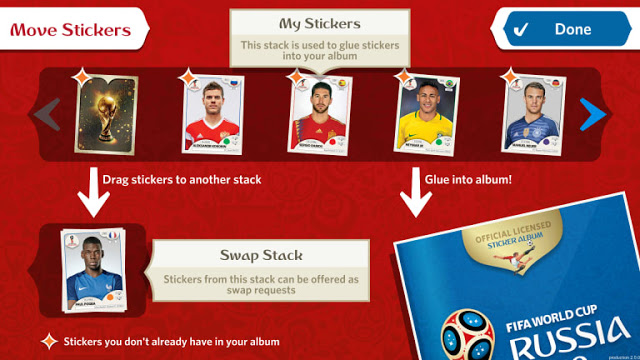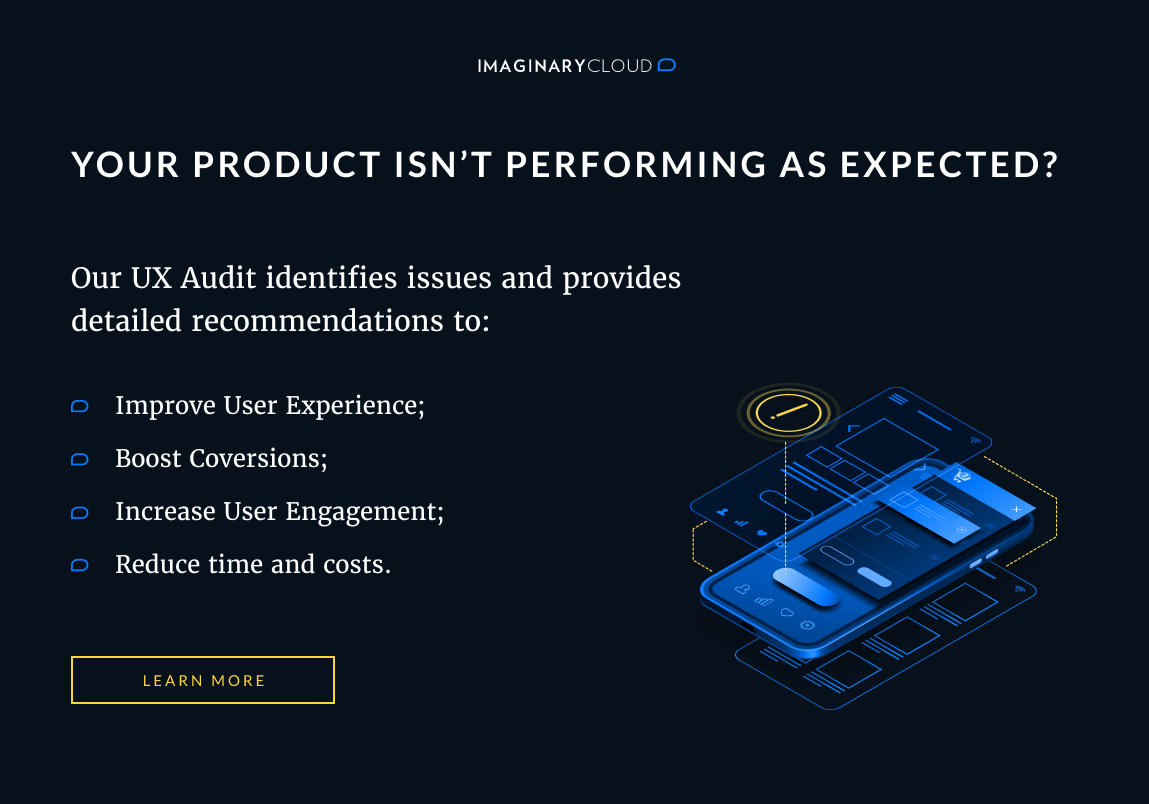There's something special about the feeling that comes from clicking on a web element, causing it to animate or change color for us. We've all been there and we know that feeling very well. Those elements wait there for us, the illuminated user, during all their entire meaningless lives, just to finally be able to accomplish their goal.
It's hard to explain, but it wouldn't be the same if it was already colored or animated for us, with no action needed. That's the moment in which we can have power over the elements on a website, even if their extent doesn't really change the element's functional purpose of redirecting to another page.

What is UX design?
Some call it that way, others call it magic. In either case, it's all about understanding the very basics of what makes us humans. Almost unexplainably, we have some odd ways of getting satisfaction from simple aspects of product usage, besides taking advantage of what its main goal is supposed to be.
It's not supposed to be subtle either, designers and developers are not taking advantage of our weaknesses behind our backs. We are fully aware of what's happening, we expect it and we like it.
In the design area, one of the most popular terms is * User Centered Design (UCD). And the truth is, if you don’t think about your product’s UX, that can lead you to lose actual and potential customers. For most designers, focusing on the user is the perfect path to a successful product.
At * Imaginary Cloud, we share the same feeling, being user-oriented and using our * Product Design Process in mobile and web app development.
The interaction is a key-factor
When using a product, we want to think that we have some power. It's not just about clicking buttons, but also about unlocking content, customizing different aspects of an interface, overcoming challenges or completing a set of collectibles.
None of these impact directly the product's capacity to fulfill its main goal, but provide a brief satisfaction that we don't want to give up.
Exalting the sense of achievement
More than just clicking on certain elements to cause reactions, users love a good challenge. Especially if they are able to overcome it with a certain degree of ease. Trivial challenges bore them, and hard challenges get them frustrated. However, while it's not possible to calculate with precision the number of difficulty users expect, there are a few mechanisms to turn that issue around.
A good example comes from modern videogame systems, that provide the perfect balance with Trophies (PlayStation) and Achievements (Xbox). Basically, it's a challenge system that doesn't affect the game in any way. They are graded differently according to their difficulty level and completing them all provides a sort of badge that has no additional value besides providing a sense of achievement.

Not only users can feel good about completing specific tasks, they can also compare their performance with those of other users. For this effect, the statistical data for the percentage of users who completed each challenge is available, as a way to show off personal achievements. This is arguably as important as the achievement itself.
So, with minimum effort, a product's longevity is largely increased and everyone wins. It's not just about completing the original goal anymore, it's about how it makes users feel as they beat everything that the product developers throw at them. And after everything else, finding out that just 1% of all users were able to do the same is the cherry on the top.
All for the sake of completeness
Completing a challenge is fun, but completing them all is taking that sense of satisfaction to the next level. It just doesn't matter what we're completing, as long as we can do it.
Remember the Looney Tunes Tazos that came along with chip bags in the 90s? They were just a set of collectible disks with images of popular cartoon characters, but they were a huge success. Kids around the world loved it and so did Frito-Lay, the company that was marketing the chips and getting the profit out of all the buzz.
Tazos have made several comebacks since then, but their time is long gone. However, that doesn't mean that users are not looking to complete whatever its thrown their way, it's innate. That's what led Panini to come up with the next big idea: an online sticker album.

Sticker albums have been around for a long while and they were never out of style. Even so, Panini decided that it was time to take the next step and created a free online sticker album for everyone that never had the chance to complete a sticker collection before (99.9% of those who tried, most likely).
Users could only open a set packs per day, which would ensure that they would come back again and again until they completed it. And so they did.
To have the authentic experience, one would still have to buy the physical album and start buying some real sticker packs. However, in the process, Panini was able to raise its awareness and use the fond memories of retired collectors to increase sales. In a logic similar to what other franchises do, such as Pokémon, all that Panini had to do was to challenge everyone to catch'em all complete their virtual album.
All in all, users felt great because they got to complete something that usually takes so much more effort, time and money.
It’s not a product, it’s an experience
Our expectations towards the products that we use have moved from something very simple to whole experiences. It helps to explain why UX design became so popular in the last few years. It's not just about creating stunning visuals anymore, users are seeking different and marking experiences that can make them feel good and enjoy the product beyond its normal features.
A button doesn't necessarily need to be just a simple way to get to a simple end, it can empower users and give them control, which is what they are looking for in the first place. The only reward that comes from completing those types of actions or challenges is the good feeling that comes with it. No actual compensation is needed for the hard work, as the satisfaction that comes from it makes it all worth it.
What's most interesting about it all is that, even after we get to know how everything works and the purpose behind it, we still desire to go through such experiences. If we keep it that way, everybody wins.
Found this article useful? You might like these ones too!


